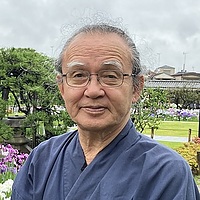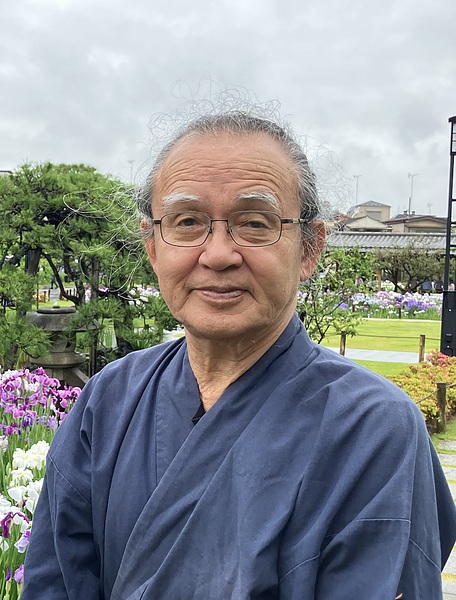英検1級道場-英検の問題の種本は共通のようです

新型コロナを含む感染症に関する英文を使って、実戦的な英語学習を進めています
今日は、その②
英検過去問から
準1級読解問題 侮れません! 英文の基本構造をおさらいするのに最適な教材です
Smallpox
Throughout much of history, smallpox was one of humanity's most feared diseases.
Caused by the deadly Variola virus, it resulted in horrible skin blisters, pain, and fevers.
Smallpox was spread by coughing and contact with victims or their clothing and bedding, and it killed up to a third of those infected.
There is no cure, and until the late 1700s, the only defense against it was a procedure known as variolation. As smallpox survivors were known to become immune to the Variola virus, fluid or tissue containing the virus was introduced into the body of an uninfected person. If all went well, the treated person developed immunity. The treated individual still suffered some symptoms of the illness, however, and in about 2 percent of cases, something went wrong with the treatment, resulting in the patient being killed by the virus or spreading it to others.
In 1796, British physician Edward Jenner noted that farmwomen who milked cows daily did not get smallpox. Their exposure to cows caused them to instead develop cowpox, an illness that resembled smallpox but was far less severe. To test the connection between the virus that caused cowpox and the Variola virus, Jenner exposed volunteers to tissue from a cowpox-infected farmwoman. Later, he exposed them to the Variola virus and observed that the volunteers showed no signs of smallpox. Jenner created the word "vaccine," based on the Latin word "vacca " meaning "cow," to describe his new technique for preventing smallpox.
Vaccination programs spread rapidly, virtually eliminating smallpox from many developed countries, but in the mid-twentieth century, millions were still suffering from the disease around the world. It was not until 1959 that the World Health Organization (WHO) launched a program to eliminate smallpox from developing nations as well.
Although successful in some areas, the campaign faced a serious obstacle. In countries with large populations and high rates of infection, such as India, the task of vaccinating everyone was so expensive and time-consuming that many believed the elimination of smallpox to be impossible. In 1966, however, William Foege, an American doctor working in eastern Nigeria, realized that close monitoring and fast responses could prevent the spread of smallpox outbreaks.
By vaccinating everyone both within and immediately surrounding a smallpox victim's community, he was able to stop outbreaks in the region in five months. The WHO adopted the technique, and it proved to be just what was needed to eliminate the virus.
The last naturally contracted case of smallpox occurred in 1977, and the WHO officially declared the virus eliminated in 1980, marking a major achievement in medical history. Yet samples of the Variola virus are still kept in labs in the United States and Russia in case smallpox returns. Most nations in the world, along with the WHO, favor destroying these stocks. The U.S. and Russian governments, however, say that doing so would be extremely risky, as no one can be sure that secret or forgotten samples do not still exist somewhere in the world. A new outbreak, whether accidental or the result of an act of bioterrorism, could cause an epidemic.
-------------------------------
忙しいあなた
休息が必要です
身体のストレッチ、脳波を下げて瞑想をする
1日の中でそんなひと時をもつのはとても意味があります
私は、頻繁にスタジオに通って体を鍛え、心の安定をはかっています
体力、気力、集中力、記憶力が高まっています!
下記を覗いてみてください
https://ameblo.jp/brainandmind-dahnyoga/
https://ilchibrainyoga-funabashi.com/
■動画
https://www.youtube.com/watch?v=bDDCt1MoDEo☚アメリカのスタジオでトレーナーが動きを丁寧に説明:英語の勉強になります
https://www.youtube.com/watch?v=dOhbeSKwQk8&list=PLzBffnngawuUUYeMtRVl☚習っている気功の一つです














